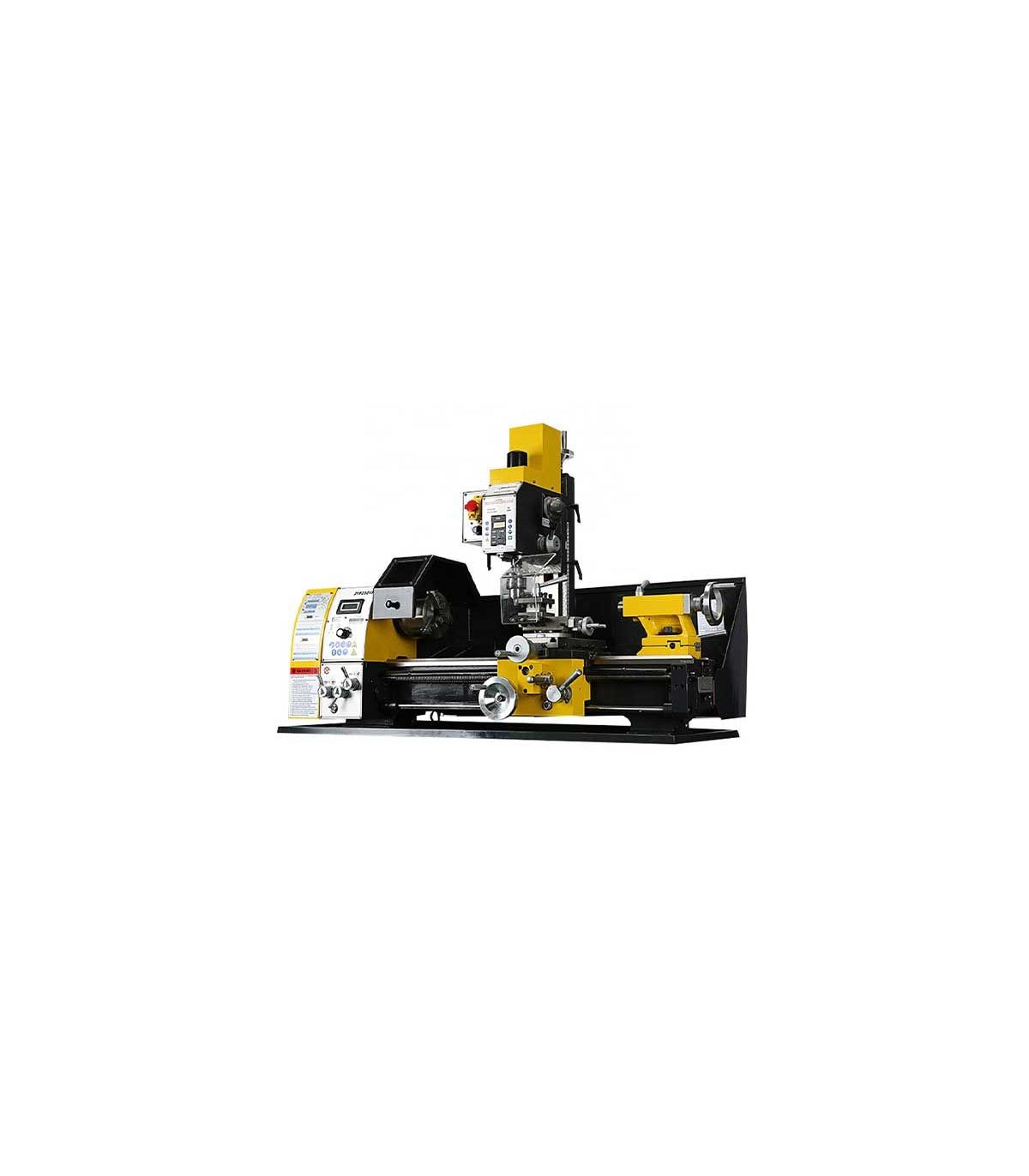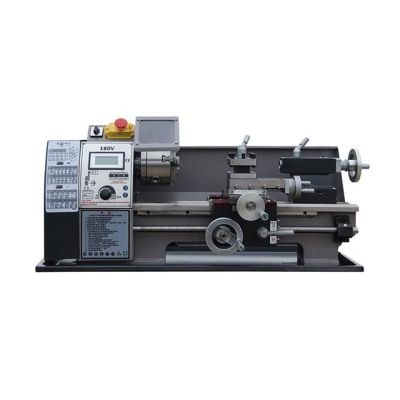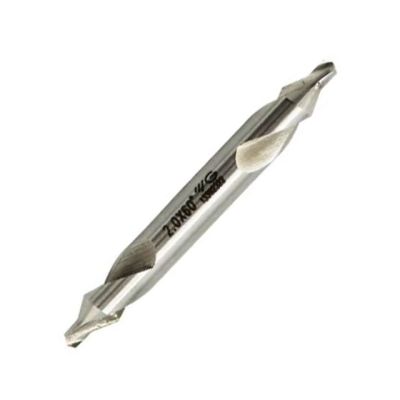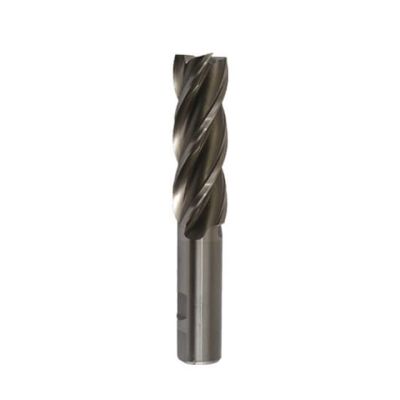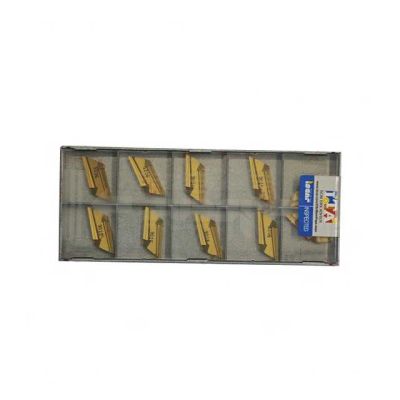Introduction to milling lathe machine
A milling lathe, also known as a milling machine, is a power tool used for cutting, drilling, and finishing various surfaces, including metals, wood, plastic, and stone. It operates by using a cutting tool called a milling cutter to remove material from the workpiece.
Milling machines are mainly divided into two types:
1 Horizontal Milling Machine: In this type, the spindle is horizontally oriented, and the table moves in three perpendicular directions. This machine is primarily used for milling straight and spiral grooves and surfaces.
2 Vertical Milling Machine: In this type, the spindle is vertically oriented, and the table moves in three perpendicular directions. This machine is mainly used for milling surfaces with cutters that have cutting edges on their face.
A milling lathe can work with a wide variety of materials, making it a versatile tool in machining. Here are some common materials that can be milled:
◦ Metals:
◦ Steel: Including carbon steel, alloy steel, and stainless steel.
◦ Aluminum: Widely used due to its lightweight and machinability.
◦ Brass: Known for its ease of machining and good finish.
◦ Copper: Often used for its excellent thermal and electrical conductivity.
◦ Titanium: Used in aerospace and medical applications for its strength and corrosion resistance.
◦ Plastics:
◦ ABS: Commonly used in prototyping and manufacturing.
◦ Nylon: Known for its toughness and wear resistance.
◦ Polycarbonate: Used for its high impact resistance.
◦ PVC: Often used in construction and plumbing.
◦ PEEK: High-performance plastic used in demanding applications.
◦ Wood:
◦ Hardwoods: Such as oak, maple, and walnut.
◦ Softwoods: Such as pine and cedar.
◦ Composites:
◦ Fiberglass: Used in various industrial applications.
◦ Carbon Fiber: Known for its high strength-to-weight ratio.
◦ Other Materials:
◦ Ceramics: Used in specialized applications with appropriate tooling.
◦ Graphite: Often used in mold making and EDM electrodes.
Each material requires specific cutting speeds, feed rates, and tooling to achieve the best results.
Read moreShow less

